Eight things you should know about natural solutions to climate change
When it comes to tackling the biggest environmental challenge of our time, nature is still the best engineer. Here are eight ways our protected areas serve as natural solutions to climate change.
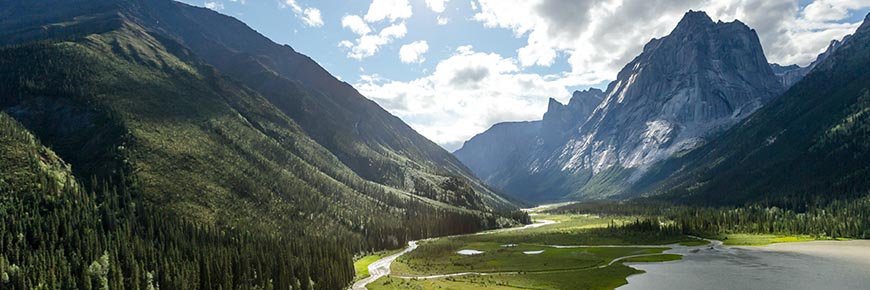
1. Protected areas preserve clean water, soil and air.
Even if you live far from a protected area, you need its “ecosystem services.” Banff National Park, for example, protects the Bow River Basin watershed—and clean drinking water for 1.2 million people. Such protection becomes even more important during extreme weather events, such as droughts and floods, brought about by climate change.
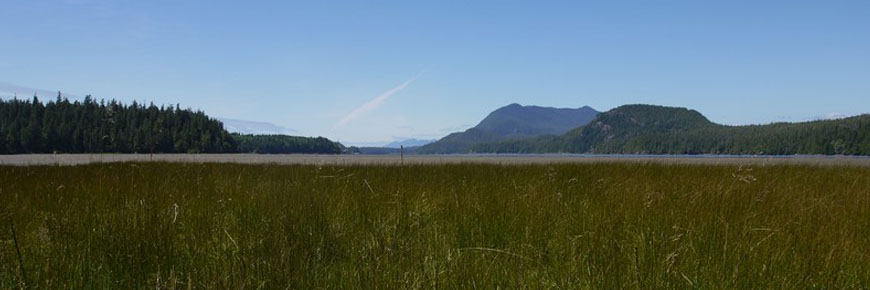
2. Protected areas store carbon.
Natural areas capture and store carbon dioxide, a major greenhouse gas. Forests and oceans do a great job at this, and they’re not the only carbon “sinks.” Salt marshes on the Pacific coast of Canada appear to be storing as much carbon per hectare as a lot of our forested lands.
Learn more about blue carbon on the West Coast.
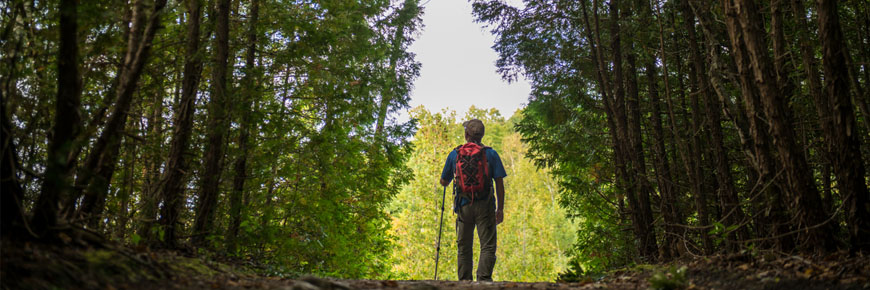
3. Conserving and restoring protected areas makes them resilient.
By conserving and restoring protected areas, Parks Canada maintains biodiversity and keeps ecosystems strong. Strong, diverse ecosystems are resilient—that is, better able to cope with the impacts of climate change. A healthy forest with many tree species, for example, can recover better from insect pests.
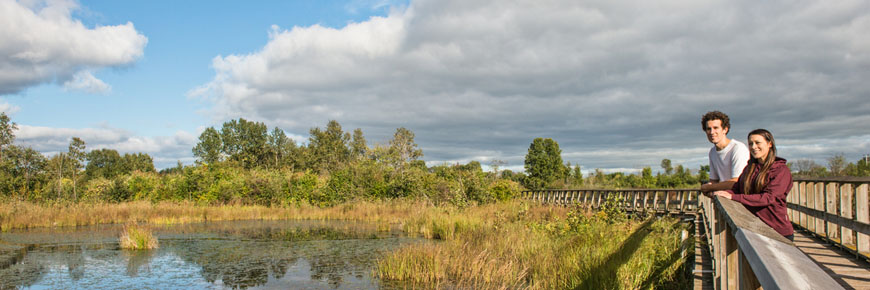
4. Connecting protected areas makes them even more resilient.
Protected areas, like people, are stronger in a community. Parks Canada is working with its partners to create a network of protected areas that will conserve 25% of lands and inland waters, and 25% of coastal and marine areas by 2025, working toward 30 percent by 2030.
Learn more about ecological connectivity.
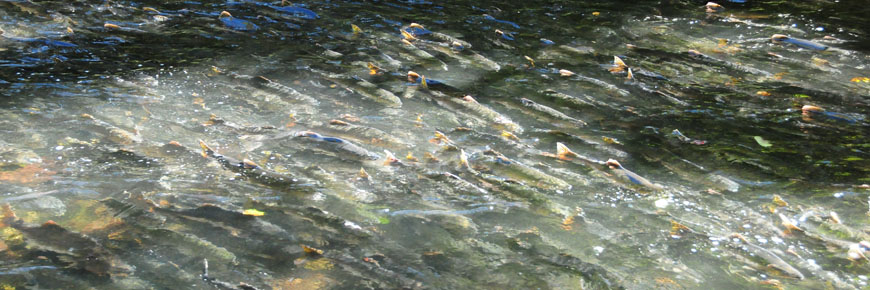
5. Protected areas conserve species.
Protected areas are safe harbours for wildlife. They allow plants and animals to adapt as their habitats change with the climate.
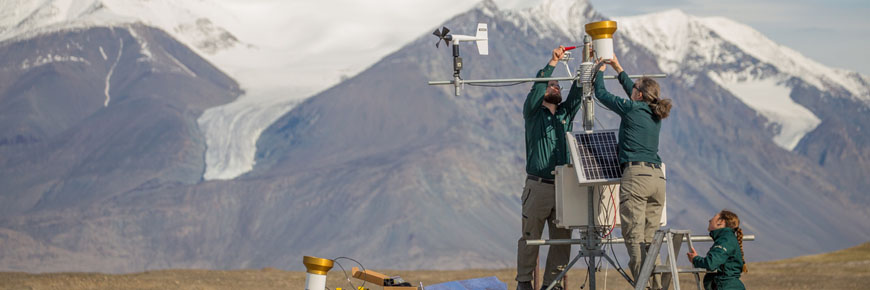
6. Protected areas are living laboratories.
Scientists in our national parks can monitor changes in ecosystems—including melting glaciers, shifting migration patterns and trends in wildfires—using over 500 independent scientific measures. Protected areas help give us the big picture on climate change.
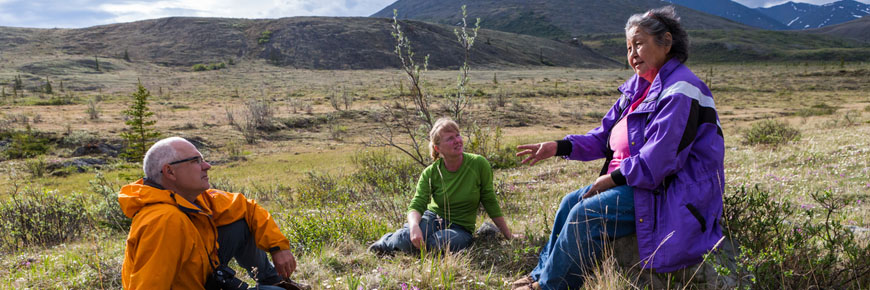
7. Indigenous knowledge of protected areas gives us a more complete view of climate change.
The knowledge of Indigenous peoples is a well that runs countless generations deep. Learning from Indigenous peoples strengthens our understanding of climate change and guides us in our choice of adaptation strategies.
Learn more about Indigenous leadership in conservation.
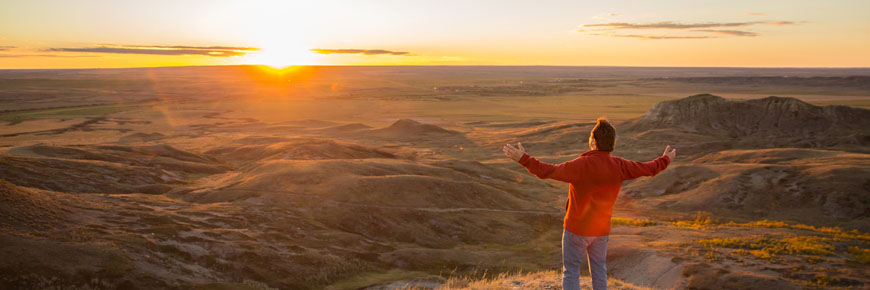
8. Protected areas inspire people.
Our national parks inspire us to do something about climate change—and give us the knowledge we need to make a difference.
- Date modified :